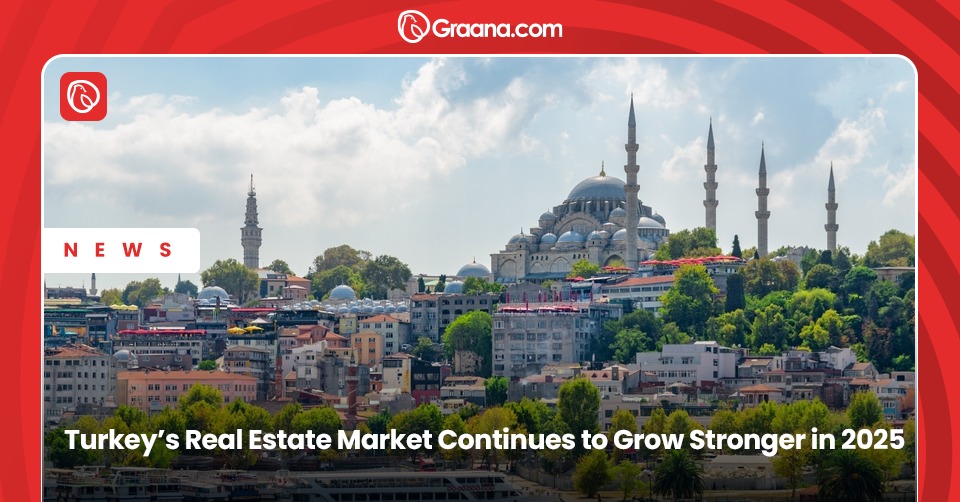Minimalism has emerged as one of the most prominent trends of the year. Architects and designers are building homes, hotels, and businesses that appear simple yet contain all of the modern amenities that renters and owners have grown to expect.
The focus is on functionality and clean visual spaces; therefore, aesthetic restraint is a fundamental notion. the misconception that minimalism is all about simplicity, as seen by the famous catchphrase “less is more.” Minimalism is less because of its so-called link with clarity and because it is, first and foremost, timeless, then bold and exciting when it has to be, and eccentric, among other attributes.
For various reasons, minimalist design has remained popular, most notably because it is influenced by a diverse range of cultural traditions from the global east to the west. The rage around minimalistic design in the twenty-first century is also because of the budget and environment-conscious millennials. A typical minimalist house interior consists of neutral or muted walls, pared-back décor, a dash of colour or texture, and a clean and geometrically angled exterior.
However, we now observe that different people with diverse requirements and cultural influences adopt a minimalist lifestyle, making minimalism more dynamic than previously thought.
What is Minimalist Architecture and Interior Design?
Minimalist architecture is characterised by the use of simple design elements that are devoid of embellishment or decoration. Minimalists think that reducing a design’s substance and form to its fundamental necessities shows the true ‘essence of architecture.’ The term “minimalism” refers to everything that has been reduced to its bare essentials. Minimalism and its understanding of eliminating multiple parts produce a perspective that allows simplicity to show through in all of its forms. It refers to the use of a minimal number of items to achieve the desired impact, and it has become one of the most fashionable styles to emerge in recent years. The majority of twenty-first-century styles have centred their design around minimalism.
As comfort and elegance have had an influence in people’s lives, satisfaction in architecture and interior design has become one of the most significant parts of modern life.
It entails the use of simple, unadorned design elements with the goal of condensing content and streamlining shape and structure. The focus is on functionality and clean visual spaces, therefore aesthetic restraint is a fundamental notion. Working with such a design necessitates the precision of using spaces of varied scales with suitable furniture placement without making the area appear unappealing and empty.
Working with minimal elements improves the user experience by focusing attention on the space’s elements rather than getting lost in the clutter. It also emphasises the need of merging nature and interiors to produce a harmonious balance between the constructed and natural worlds.
By retaining bare walls, simple forms, and simple materials, harmony and simplicity are established. The “essence” of the location shines through the area in this way.
Graana.com brings a list of benefits Minimalistic Design offers, which includes
Spaciousness
The floor plan is open. Between spaces, there is enough light. Such open floor plans or rooms with plenty of natural light appear larger and more spacious than they are in reality, and they are uncluttered, which adds aesthetic appeal to minimalist house interior design.
Less expensive
Lower cost does not always imply low quality or affordability. However, the fewer design features you have, the lower your renovation costs will be. What we mean is that there will be fewer items, but they will be of higher quality. Sound quality makes a home look stylish, modern, and long-lasting.
Less congested space
Minimalism is defined as having only what one requires in terms of physical space and time. Visual clutter can elicit more overwhelming feelings than productive ones, and it is easy to become distracted by it. Less visible clutter leads to less mental clutter. This allows thoughts to be more creative as a result. You gain more time since you spend less time juggling things and maintaining your complicated lifestyle.
The term “minimal interiors design elements” refers to more than just the walls and ceilings. Cabinets featuring flat slabs rather than raised or recessed panels, as well as plain hardware, reduce the visual noise associated with cabinetry to some extent.
More minor elements ensure less maintenance cost.
Improved Productivity
Minimalism makes it possible for something other than space to be the focal point. The individuals in the room or the view from the window may be more important than the room’s decor.
Every item in the room serves a specific purpose, and functionality is fundamental. Color, mass, and lines must all function well together in the overall design language. When a place appears tranquil and calm, it becomes appealing, with each feature serving a certain purpose and belonging. Clean vistas, open spaces, and simple forms provide elegance and a sense of luxury to spaces, making them more useful.
Mental calm
Our brains are incredibly complex. Colourful, wildly imaginative features captivate our interest right away. However, too much variation can lead to unrest and stress. Our brain is positively affected by symmetry, neatness, and order. It elicits a favourable response when Decor and design aspects are kept to a bare minimum. Minimalism appears to be relaxing to the eyes and comforting to the brain, as well as to your mood.
Minimalism is about the vibe it creates without making the space look incomplete. Bedrooms become more intimate and cosy, and living areas become more aesthetically beautiful with attention to detail. Minimalism, itself, becomes an amplification of pre-existing goals. It is the maximisation of a space’s use, shape, and elements.
Minimalism gives you a sense of freedom. A rich atmosphere is created by a residence that is sophisticated and liberated. Minimalism is adaptable, and it all depends on your goals – whether it’s a subtle monochromatic design or chic rich minimalism with statement pieces, the possibilities are unlimited. You shouldn’t need any more persuasion to go minimalist at this point, but if you need, there are plenty of tools accessible to you because the minimalist design is so popular right now.




